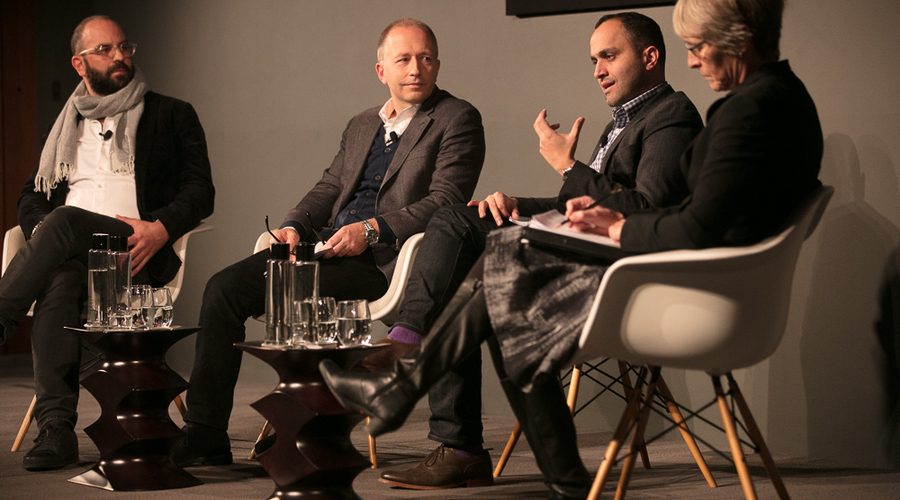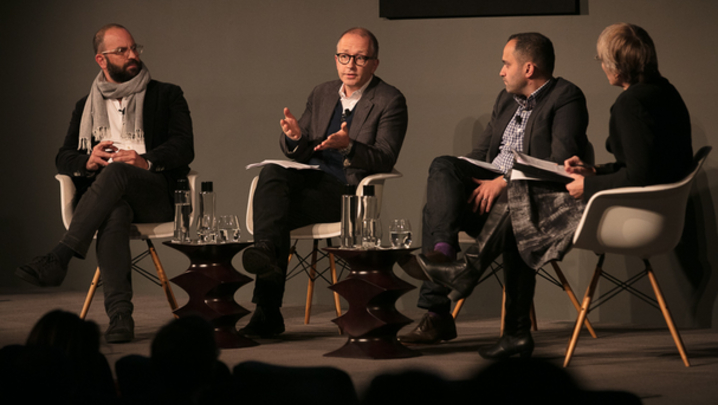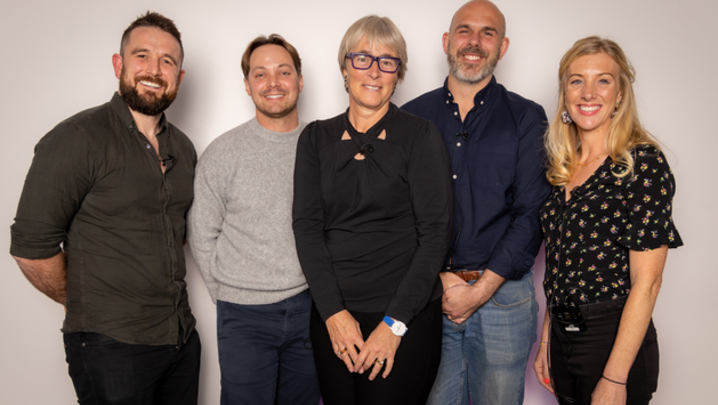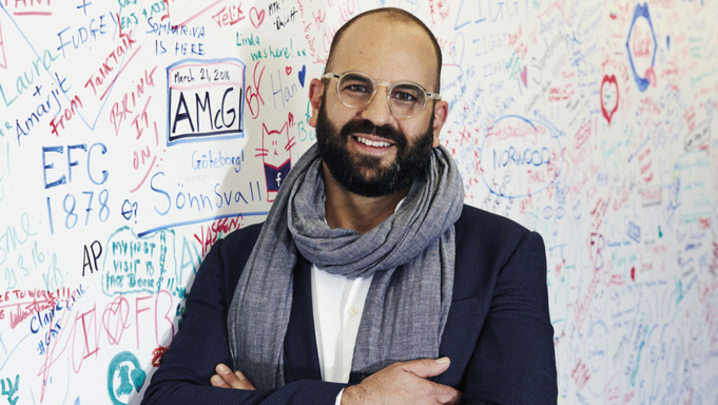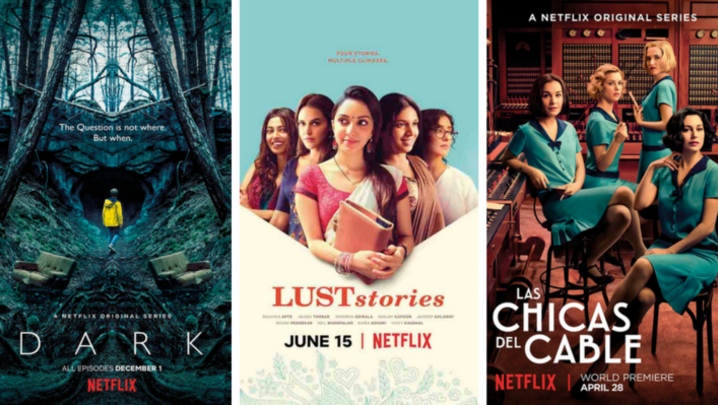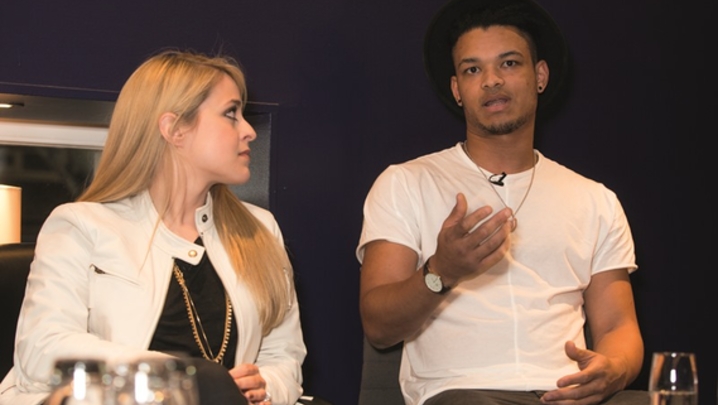Television is helping to drive platforms such as Facebook and Twitter, hears Matthew Bell
News of television’s death is premature, heard a relieved RTS audience, who were assured that the US tech giants – Facebook, YouTube and Twitter – were TV’s partners, not predators.
“Television is amazingly resilient – the great thing about it, is that it’s very adaptable. It’s always been good at seizing the opportunities that new technology brings,” said YouTube’s Stephen Nuttall at the RTS early-evening event in November, “Social media muscles in on TV”.
“Platforms like ours are part of the distribution mix for any creative storyteller these days,” continued Nuttall, senior director at YouTube EMEA (Europe, Middle East and Africa). “Whether you’re BBC Radio 1 or Channel 4, you think about all the ways you can mix and match different platforms and forms of distribution. Sometimes, that will involve Facebook, YouTube and Twitter and sometimes it won’t.”
Over the past year or so, online video has become hugely important to social media companies. “We’re reflecting a massive sea change,” said Patrick Walker, Facebook’s director of media partnerships, EMEA. “We estimate that 50% of all mobile traffic now is video – in five years’ time, it will be about 75%.”
In August 2015, the company launched Facebook Live, which allows users to broadcast live video. Walker said that some 500 million people a day were now putting videos on the platform, including broadcasters, such as Sky and Channel 4, and online news and entertainment service BuzzFeed.
Old-fashioned TV habits, however, are hard to break. “People love watching great programmes and they love watching them together. We can see that resonate on Twitter – that’s not going to go away,” said Twitter’s UK Managing Director Dara Nasr.
He argued that TV and Twitter, working in tandem, increase audiences for both media: “When there’s great programming, it drives a peak of tweets, and when there are a lot of tweets about programmes, they drive greater viewing on TV – there’s a real reciprocal relationship.”
Referring to the title of the RTS event, Nasr denied that social media was “muscling in”: “In our case, we like to partner or buddy up. We are a bridge rather than an island – we celebrate great media.”
Twitter has recently moved into live events, outbidding Amazon and other tech companies to win the rights to broadcast Thursday-night NFL American football. “Live is big for us,” said Nasr. “We want to partner people.”
However, the Twitter executive ruled out any move into commissioning: “That’s not an area that we’ve ever gone into. We’re a platform. We celebrate content producers and we’d love it if they’d use our platform.”
We estimate that 50% of all mobile traffic now is video – in five years’ time, it will be about 75%
Nuttall, expanded on the importance of multiple, online platforms for content producers: “In the past, if you were a UK broadcaster or production company it was probably hard to have distribution beyond the UK. Now, thanks to platforms such as YouTube and others, you can reach a global audience.
“We’re not content creators; we’re not storytellers ourselves. I think that if [YouTube owner] Google started doing content it would probably be 1970s-style sci-fi – it wouldn’t be our strong point.” YouTube, promised Nuttall, would concentrate on distribution, working with “content creators of all shapes and sizes” to reach an audience.
Unlike Twitter, however, it does commission content. “We are working with some established YouTube creators to allow them to make shows that they wouldn’t otherwise create,” said Nuttall. “We might be giving them some financial assistance to do that, but it may be assistance with scripts or production techniques.”
Currently, this original programming is available only in the US and a few other territories on the streaming subscription service YouTube Red.
“It’s in various international markets now [these include Australia and Mexico] and I expect it to be in more,” said Nuttall, who wouldn’t be pinned down to a date for a UK launch.
In the future, as online video grows, could more traditional TV channels follow the example of BBC Three in becoming an internet-only channel?
Nuttall predicted that broadcasters would pursue a “mixed distribution strategy”.
He added: “There are lots of ways to reach and engage a global audience – I think people will use all the distribution platforms that are relevant to them and then work out the right answer [for them].”
“The constant red herring is that it is one or the other,” said Twitter’s Nasr. “People who use YouTube also use Twitter, Facebook and watch TV.”
The RTS early-evening event ‘Social media muscles in on TV’ was held on 29 November at the IET in Savoy Place, central London. It was chaired by Kate Bulkley and produced by Stephen Gaynor.
What is the creative potential of digital social media?
Stephen Nuttall, YouTube: We are seeing a lot of people experimenting at the moment with virtual reality, 3D and 360° [video]. It’s going to be really interesting to see what turns into a compelling entertainment experience… It’s an amazing time to be a storyteller, and the pace of change is increasing.
Patrick Walker, Facebook: The key things are to experiment, have fun… [and] hire young people who can tell you about the new language of social media.
Will the traditional commissioners continue to hold sway on social media?
Stephen Nuttall, YouTube: You don’t necessarily have to be commissioned in order to put out your content. You can do it and make money on the ad-revenue that you generate. You can go to a brand and get the money. There are many, many ways to make this work… We are seeing a pretty profound change in the array of content out there and in the different business models that sit behind it.
Dara Nasr, Twitter: What should be applauded is that there are new winners, too… There are people who never would have had a hope of doing it in the old world [without YouTube] and now they are making fascinating content, which allows us all to benefit across various platforms.
How can brands engage with social media?
Stephen Nuttall, YouTube: People are increasingly integrating brands into content – YouTubers will make a fair chunk of the revenue they generate from brand integration.
We are also seeing brands become content creators themselves. Red Bull isn’t buying advertising to promote its drinks; it is creating an amazing brand [through content], largely using online but now also using TV.
What is being done to combat online piracy?
Patrick Walker, Facebook: It’s an issue and we are very quickly building more powerful tools and training our partners to use them – no one should be rewarded for distributing content that isn’t theirs.
Stephen Nuttall, YouTube: Some 400 hours of content gets uploaded to YouTube every minute. Every single one of those hours gets “fingerprinted” and compared to a reference library that contains pretty much every film and television show ever made…
[Content ID] is an amazing tool for content owners to protect their copyright.

